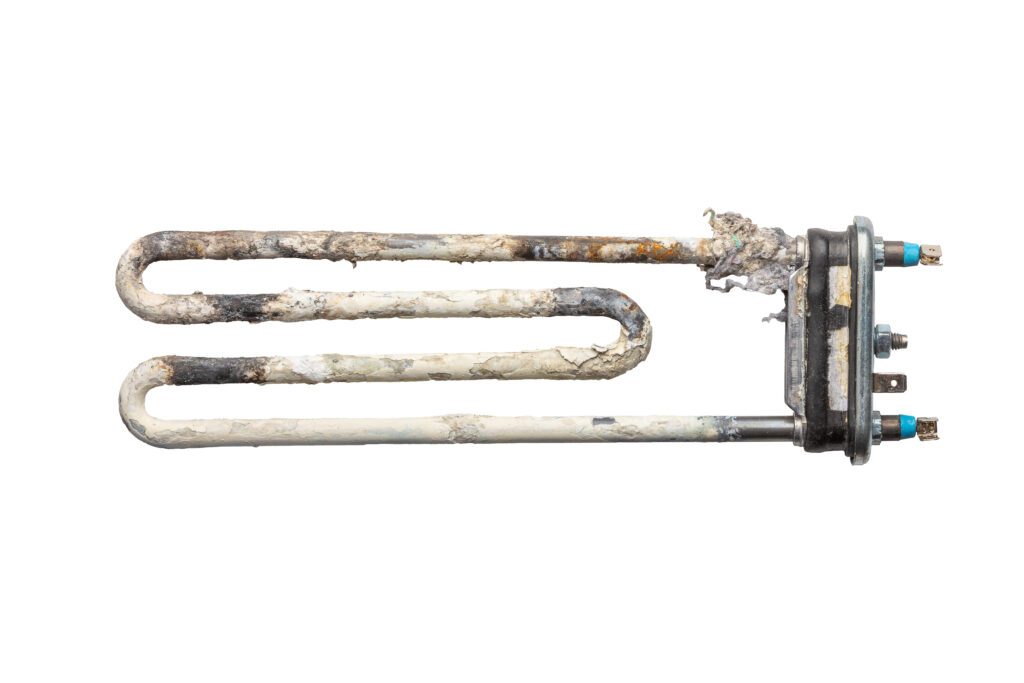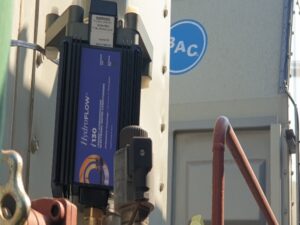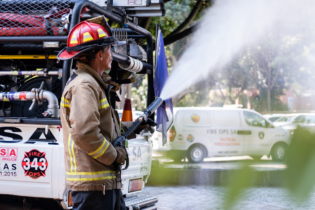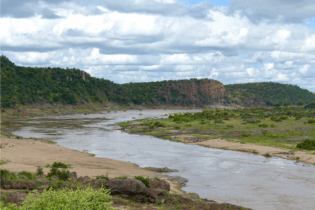Hydroflow – an electronic water softener – removes the ‘cholesterol’ from water pipes and heating equipment without the use of chemicals.
Comprising minerals (usually calcium and bicarbonate) that are dissolved in water, limescale creates a hard mass on the surface of pipes and heating equipment when water is heated (or becomes otherwise supersaturated). “Limescale that forms on the inside of water pipes increases the resistance to the system and decreases the flow of water. This results in greater energy consumption and even damaged pumps. Limescale build-up on heating equipment also impedes heat transfer and the elements use more energy. Removing this limescale often results in expensive downtime for various industries,” explains Tinus Venter, director of Hydroflow SA. No chemicals Hydroflow is a patented technology that eliminates the formation of both old and new limescale. A ferrite ring is placed around a pipe (PVC, galvanised copper, steel) in diameter sizes ranging between 0 mm and 3 m. This ring induces a high frequency electrical signal into the water that can travel up to 2 km throughout the water system, both up- and downstream. This causes the mineral ions to form clusters that do not settle on the sides of the pipes and equipment. These mineral ions act as a starting point for the crystals, so that, when water is heated, the limescale forms as a fine powder in suspension, which can then be washed away by the flow. The high-frequency signal is not dependent on water flow or quantity.









